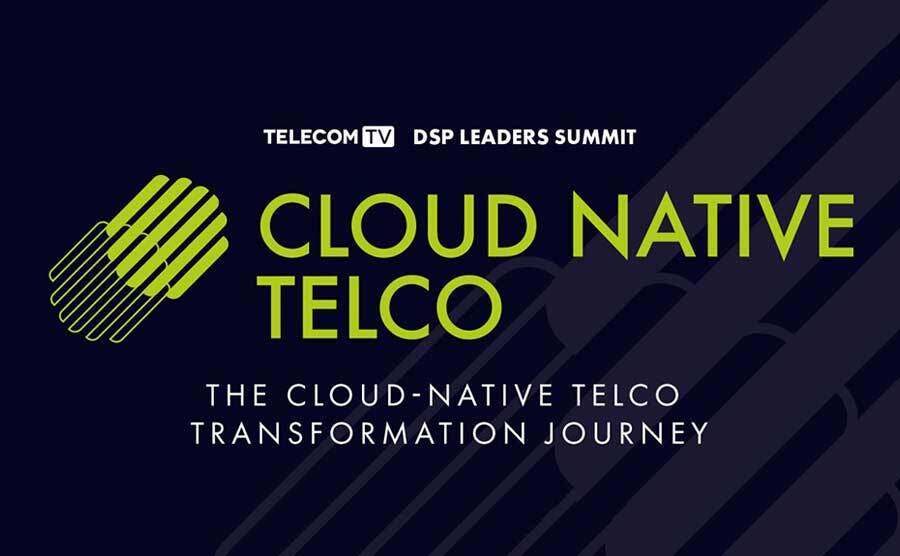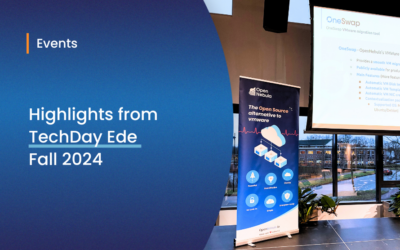Back for a sixth year, TelecomTV’s Cloud Native Telco Summit explores how communication service providers (CSPs) are adopting cloud native technologies to drive their digital transformation. This year’s expanded summit dives deep into cloud native fundamentals, the evolving roles of FinOps and DevSecOps, and the progress made by telcos embracing this shift. Notably, Juan Carlos Garcia, Principal Technology Advisor at OpenNebula Systems, participated in the panel discussion “The Growth of Cloud Native and Its Impact on Telcos”. Industry leaders provided critical insights into the opportunities and challenges cloud native technologies present to the telecom industry.
Broad Adoption of Cloud Native in Telcos
Cloud native technologies are making a significant impact, particularly with the introduction of 5G Standalone cores. Juan Carlos points out that while many telcos are transitioning to cloud native architectures, especially in 5G, the shift remains incomplete across access and core networks. Mark Longwell from Red Hat echoes this, noting that progress in the 5G core is moving faster than in other areas like Radio Access Networks.
For Amajit Gupta of Lightstorm, the adoption of cloud native is essential for managing scalability demands in regions such as India and Indonesia, where digital transformation is rapidly advancing. The industry recognizes that the shift to cloud native is inevitable due to its scalability, efficiency, and cost benefits.
Key Challenges for Telcos
Despite these advancements, significant challenges persist.
- Skills gap: Partha Seetala from Rakuten Symphony highlights the shortage of in-house expertise in cloud native technologies, particularly in the transition from Virtual Network Functions (VNFs) to Cloud Native Functions (CNFs).
- Operational complexity: managing hybrid and multi-cloud environments adds complexity to telcos’ operations. Balaji Subramaniam from Blue Planet, a division of Ciena, notes that the sheer number of cloud tools and solutions makes it difficult for telcos to navigate their cloud native journeys.
- Distributed cloud architectures: Juan Carlos mentions the difficulties posed by distributed cloud environments, a lack of standards, and multi-cloud orchestration. However, collaborative efforts are tackling these challenges.
Cloud Native Software Maturity
The transformation of VNFs into fully cloud-native CNFs is a slow process. Partha acknowledges that many vendors are taking a gradual approach, containerizing VNFs to function on cloud native platforms. Amajit reinforces that telcos need cloud native solutions to match the scale and agility required for profitable services.
Juan Carlos notes that this shift involves both technological and cultural changes within telcos. The complexity of migrating from VNFs to CNFs requires new practices and tools, and while progress is being made, a full transition is still underway.
Balaji adds that standardization is essential to cloud native maturity. Proprietary solutions limit operational flexibility, and more open standards are needed.
Impact of Open Source Developments
Open source initiatives are playing a pivotal role in shaping cloud native adoption within telcos. Mark underscores the deep investment in open source projects like Nephio and Sylva, which aim to create standards for cloud native frameworks. By adopting these standards, service providers can benefit from faster and more reliable deployments.
Juan Carlos further emphasizes the role of projects like Nephio, Anuket, and Sylva in addressing issues like portability and interoperability, which are essential for multi-cloud deployments. He also highlights that other open source projects, such as the IPCEI-CIS initiative in Europe, are working towards developing secure and sustainable cloud environments for critical services like telecommunications. He points out that telecom operators will need to continue partnering with both major and smaller tech providers, including OpenNebula Systems, to gain the necessary skills and enhance network operations in the cloud.
Insights from the Q&A Session
During the Q&A session, industry leaders shared valuable perspectives on the ongoing challenges and opportunities in the cloud native landscape. Mehran Hadipour from Rakuten Symphony emphasized the need for telcos to adopt both VNFs and CNFs within a common infrastructure to accelerate their cloud native journey.
Balaji highlighted the importance of standardization, stating that proprietary solutions limit operational flexibility and that more open standards are essential for true cloud native maturity. He noted that the integration of various tools and solutions remains a complex task for telcos.
Juan Carlos expressed optimism about the evolution of cloud native practices, emphasizing that telcos are increasingly engaging with open source projects to develop the skills necessary for effective cloud operations.
Mark underscored the rising integration of AI and machine learning in cloud native applications, which is expected to streamline operations and enhance service delivery for telcos.
Next Steps for Cloud Native Telcos
Cloud native technologies continue to evolve and shape the future of telecom. Juan Carlos recommended keeping an eye on innovations like WebAssembly that could significantly disrupt the industry, much like Kubernetes did, in this case enhancing portability and interoperability currently needed in the cloud. The full adoption of cloud native practices will be a gradual process, but with ongoing collaboration and technological advancements, telcos are on the path to becoming fully cloud native.





0 Comments